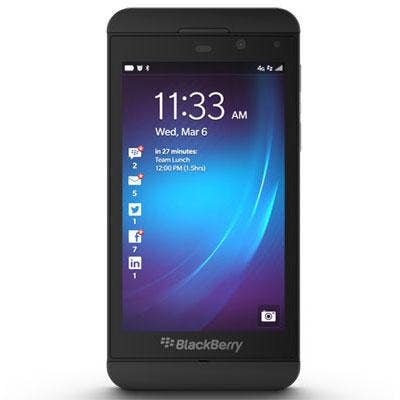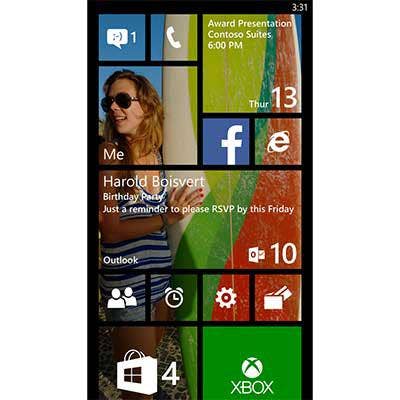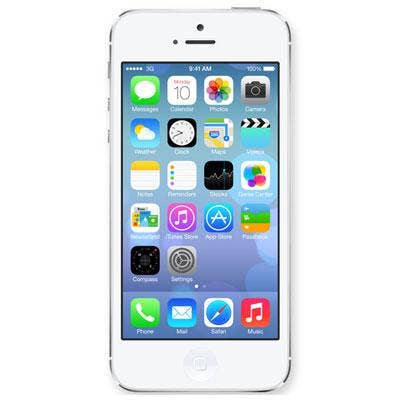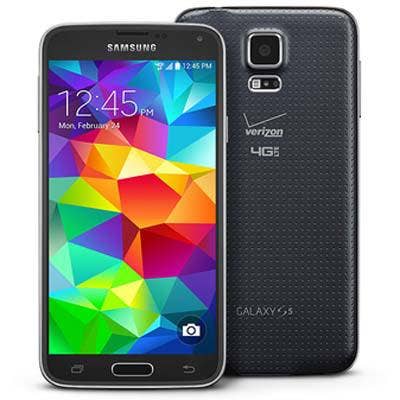IDC: Top 4 Smartphone Operating Systems In Q2

Smartphone Market Continues To Grow
The International Data Corporation (IDC) Worldwide Quarterly Mobile Phone Tracker released its report on the second-quarter market share of smartphone operating systems.
The worldwide smartphone market grew to a record 301.3 million devices sold during the quarter, up from 240.5 million in the year-ago period, according to IDC. That represents year-over-year market growth of 25.3 percent.
The emergence of entry-level smartphones costing $200 or less in international markets helped drive sales and overall market growth during the quarter.
With $100 smartphones set to hit the market, IDC predicts the smartphone market and specifically, the entry-level phone market, should expand even further.

4. BlackBerry
Not dead yet.
BlackBerry rebounded slightly after three consecutive quarters of decline, according to IDC. Despite this, BlackBerry had a year-over-year market share drop of 78 percent in the second quarter. The Waterloo, Ontario-based company sold 1.5 million units in the June quarter, down from the 6.7 million units it sold a year earlier.
This is good for a market share of 0.5 percent in the second quarter, down from a 2.8 percent stake of the market last year.
Compared to previous quarters, BlackBerry saw a gain within the Asia/Pacific markets in addition to enterprise users in North America and Western Europe, according to IDC.

3. Windows Phone
Microsoft's mobile OS saw a slight decline in sales from the year-ago quarter and a year-over-year drop of 9.4 percent.
The company sold 7.4 million Windows Phone devices during the quarter, good for a market share of 2.5 percent.
This is down from last year, when 8.2 million Windows Phone devices were sold, for a market share of 3.4 percent.
Much like BlackBerry, Windows Phone saw a slight improvement from the previous quarter, despite the dip in the year-ago comparison, according to IDC.
Windows Phone saw most of its sales come from entry-level markets, with 61.4 percent of the smartphones it sold $200 or less.

2. iOS
Apple's smartphone sales saw year-over-year growth of 12.7 percent.
Apple sold 35.2 million iPhones in the second quarter, up from 31.2 million a year earlier. That was good for an 11.7 percent slice of the market, off from the 13 percent it held in the year-ago period.
Despite not releasing an iPhone since September of last year, Apple continues to see a boost in its smartphone sales. The market share decline comes as no surprise, as IDC said the second quarter is historically Apple's worst-performing period of the year. Expect a boost in both sales and market share after the much anticipated release of the iPhone 6 expected this fall.

1. Android
The leading operating system by far in the smartphone market is, of course, Android.
There were 255.3 million Android devices sold in the second quarter of this year, for a market share of 84.7 percent.
To put this in perspective, as mentioned earlier, there were 240.5 million smartphones sold total in the second quarter last year.
Android smartphones saw year-over-year growth of 33.3 percent in the second quarter, compared to 191.5 million devices sold in the year-ago period, for a market share of 79.6 percent.
Android has doubled its market share from three years ago, and Samsung lead the charge, according to IDC.
The Korean conglomerate accounted for 29.3 percent of Android smartphone sales. That's down from 40 percent two years ago. Competing Android smartphone vendors -- including Coolpad, Huawei, Lenovo, LG, Xiaomi and ZTE -- have become increasingly popular, especially in emerging international markets.